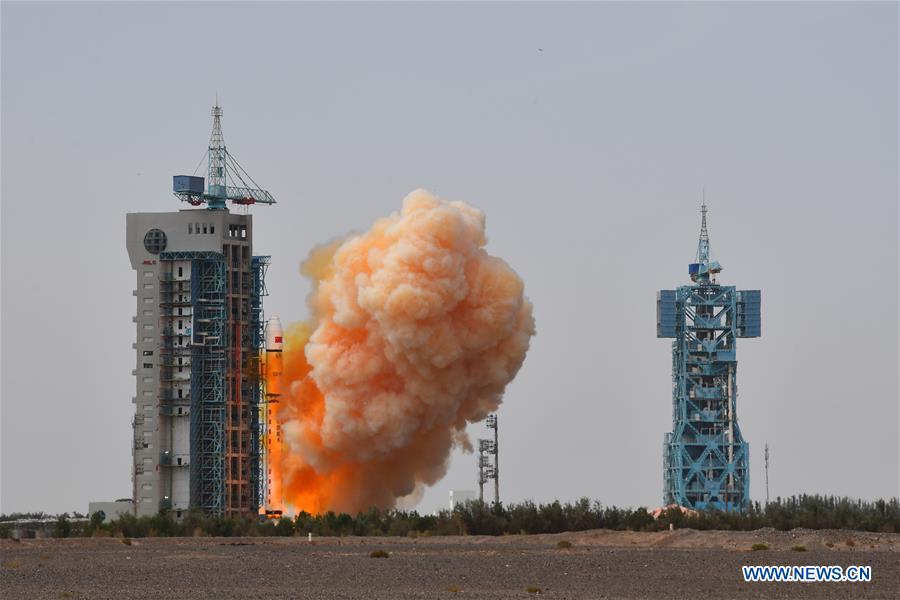- 1 reply
- 2,182 views
- Add Reply
- 0 replies
- 1,453 views
- Add Reply
- 0 replies
- 1,763 views
- Add Reply
- 0 replies
- 1,416 views
- Add Reply
- 0 replies
- 996 views
- Add Reply
SkySats 19-21 to Launch on SpaceX Falcon 9 Rideshare Mission

By Lurker,


Planet is set to launch three more new SkySats (SkySats 19-21) into Low Earth Orbit on August 18th (date subject to change), rounding out the fleet of SkySats already in operations and joining SkySats 16-18 that successfully launched aboard the SpaceX Falcon 9 in June.
Planet SkySats 1-15 operate in Sun Synchronous Orbits, a specific type of Low Earth Orbit that results in the Earth’s surface always being illuminated by the Sun at the same angle when the satellite is capturing imagery. Half
NASA Advanced Rapid Imaging Satellite Maps Blast Damage: Beirut Explosion Aftermath

By Lurker,


NASA’s ARIA team, in collaboration with the Earth Observatory of Singapore, used satellite data to map the extent of likely damage following a massive explosion in Beirut. Dark red pixels represent the most severe damage. Areas in orange are moderately damaged, and areas in yellow are likely to have sustained somewhat less damage. Each colored pixel represents an area of 30 meters (33 yards). The map contains modified Copernicus Sentinel data processed by ESA (European Space Agency) and analyzed
China launches new optical remote-sensing satellite

By Lurker,


A Long March-2D carrier rocket, carrying the Gaofen-9 04 satellite, is launched from the Jiuquan Satellite Launch Center in northwest China, Aug. 6, 2020. China successfully launched a new optical remote-sensing satellite from the Jiuquan Satellite Launch Center at 12:01 p.m. Thursday (Beijing Time). (Photo by Wang Jiangbo/Xinhua)
JIUQUAN, Aug. 6 (Xinhua) -- China successfully launched a new optical remote-sensing satellite from the Jiuquan Satellite Launch Center in northwest China at 12:0
3D simulation
By iron1maiden,

The video shows a landslide analysis of Tersun Dam simulated with FLOW-3D. For more examples of how FLOW-3D can be used to analyze the catastrophic events. A fully 3D simulation was performed in the vicinity of the breach to capture the complex 3D hydraulic conditions.
https://www.youtube.com/watch?time_continue=3&v=f9QzOn0vxpc&feature=emb_title
Canadian ice caps disappear, confirming 2017 scientific prediction

By Lurker,


The St. Patrick Bay ice caps on the Hazen Plateau of northeastern Ellesmere Island in Nunavut, Canada, have disappeared, according to NASA satellite imagery. National Snow and Ice Data Center (NSIDC) scientists and colleagues predicted via a 2017 paper in The Cryosphere that the ice caps would melt out completely within the next five years, and recent images from NASA's Advanced Spaceborne Thermal Emission and Reflection Radiometer (ASTER) have confirmed that this prediction was accurate.
M
-
Forum Statistics
8.8k
Total Topics43.5k
Total Posts



